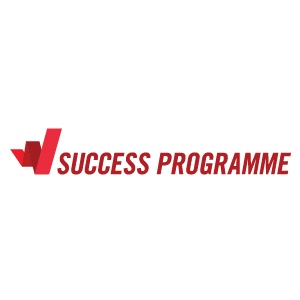How many times have you put together a training session, only for it to feel like a missed opportunity? You’ve spent hours making sure the content is perfect, the activities are engaging, and everyone is ready to learn. But a few weeks later, you’re left wondering: Did it actually make a difference?
It’s frustrating. But here’s the thing: trainee satisfaction is the secret sauce that can take your training from “meh” to “wow.” When employees are happy with their learning experience, they’re not just absorbing information—they’re more likely to apply it, stick with it, and perform better.
We’ll break down why trainee satisfaction matters, what factors influence it, and how to ensure your training programs actually lead to real, lasting results.
Why Trainee Satisfaction Is Crucial
Training isn’t just about checking a box. It’s about making sure employees walk away feeling confident and motivated to apply what they’ve learned. The more satisfied your trainees are, the more likely they are to:
-
Engage with the content: Happy trainees are more likely to be present and participate.
Retain information: When they’re satisfied, they’re more likely to remember what they learned and actually use it.
Apply new skills: The whole point of training is to create behavior change. Satisfied trainees are more likely to implement what they’ve learned, leading to better performance.
In short, trainee satisfaction directly impacts the success of your training programs. If employees feel engaged and supported, they’ll get more out of the training—and that translates into real, measurable improvements in performance.
Why Do Training Programs Fail to Drive Satisfaction?
1. Information Overload
Training isn’t just about cramming as much information as possible into a single session. When employees are overwhelmed with too much content, they can’t absorb or retain it. Ever been in a training session where you feel like you're drinking from a firehose? It’s exhausting, and it doesn’t stick.
Solution: Focus on what’s most important. Instead of giving employees everything under the sun, keep it relevant and concise. Break the content into bite-sized chunks, and leave time for practice and application.
2. Lack of Relevance
Employees want to know that what they’re learning applies to their day-to-day work. If training feels disconnected from their real-life tasks, it’s hard to stay engaged. Training that’s too abstract or not immediately applicable is easy to forget.
Solution: Make it real. Relate the content to their specific roles, and give them practical tools and examples they can use right away. If you’re teaching customer service skills, for instance, give them role-playing scenarios that mirror real conversations they’ll have with customers.
3. No Follow-Up
Training sessions are just the beginning. Without follow-up, employees are left to fend for themselves when it comes to applying what they’ve learned. The best training in the world won’t stick if there’s no reinforcement.
Solution: Check in regularly. Set up follow-up sessions, offer support, and encourage employees to ask questions. Whether through one-on-one check-ins, surveys, or feedback loops, keeping the conversation going helps ensure that new skills are being used.
How to Boost Trainee Satisfaction: Actionable Strategies
So, how do we make sure employees leave training sessions actually satisfied? It all comes down to creating an experience that’s engaging, relevant, and practical. Here’s how:
1. Engage Before, During, and After Training
Engagement starts long before the training session begins. Setting clear expectations early on helps employees understand what they’ll learn and how it will benefit them. This builds anticipation and motivation.
Once the session begins, keep it interactive. Ask questions, get feedback, and let employees apply what they’ve learned. Active participation leads to greater engagement and retention.
After the session, follow up to ensure the training sticks. Send recap emails, offer additional resources, or set up follow-up sessions to keep the knowledge fresh.
2. Make It Practical
Training needs to be directly applicable to employees’ everyday tasks. When they can see how the skills will help them in their work, they’re more likely to get involved and actually use them. If the content feels too theoretical or far removed from their daily routine, it’ll be hard to connect with.
Real-world scenarios are key. Get employees to role-play situations they’ll actually encounter. For example, if you’re training on time management, don’t just talk about it—have them set goals, create schedules, and practice prioritizing tasks. It’s all about making training feel relevant and useful.
3. Keep It Short and Sweet
No one has the patience for hour-long lectures, especially when they’re expected to retain all that information. Microlearning is a powerful way to keep training focused, digestible, and more likely to stick.
Instead of overwhelming employees with a full day of training, break content into bite-sized modules. Each module should focus on one core skill or topic, making it easier to absorb and apply. Employees can go through the modules at their own pace, revisiting the material as needed.
4. Offer Ongoing Support
Training isn’t over when the session ends. You need to offer employees the support they need to apply what they’ve learned in the real world. This can be through mentorship, peer learning groups, or accessible resources that employees can refer back to.
Managers play a huge role here, too. Encourage managers to check in with their teams after training and provide feedback. This shows that you’re invested in the employees’ progress and reinforces the importance of the training.
5. Recognize and Celebrate Progress
Celebrating small wins helps keep motivation high. Acknowledge when employees start applying new skills, even if it’s in small ways. Positive reinforcement encourages them to keep improving.
For example, if a trainee applies a new communication strategy and successfully handles a difficult situation, take a moment to recognize that achievement. Celebrating these wins helps employees feel confident and appreciated.
Satisfaction Equals Results
Trainee satisfaction isn’t just about making employees feel good during a session—it’s about ensuring that they walk away equipped to apply what they’ve learned and confident in their ability to use it. When employees are satisfied with the training process, they’re more likely to engage with the material, retain the information, and use it to improve their performance.
By making your training relevant, practical, and supportive, you can create an environment where employees feel invested in their growth and motivated to apply their new skills. The result? Training that leads to real, lasting impact for both employees and the organization.


















